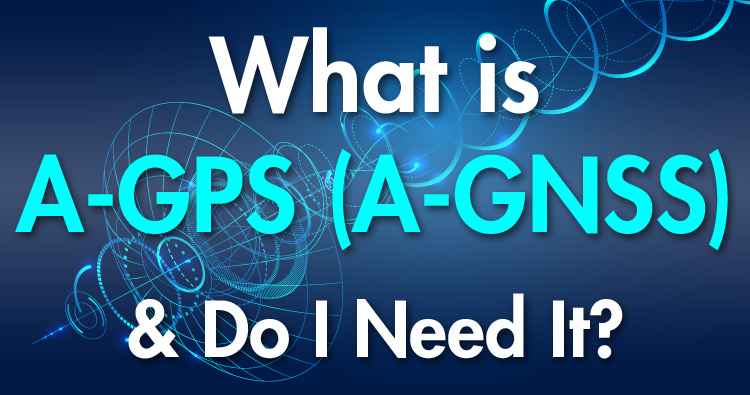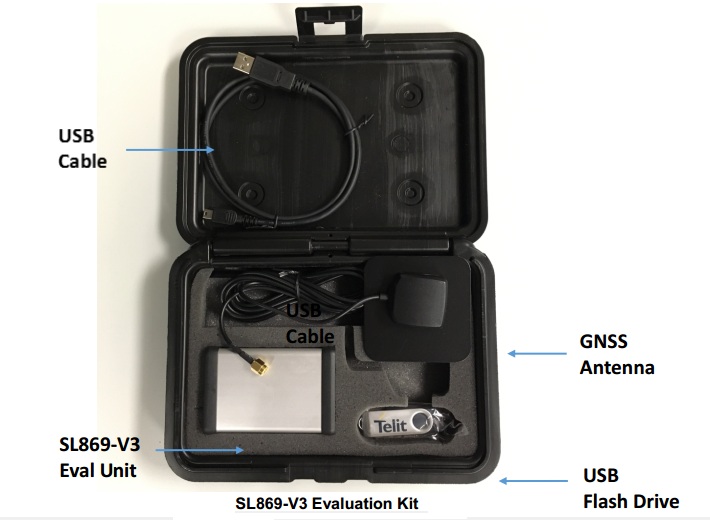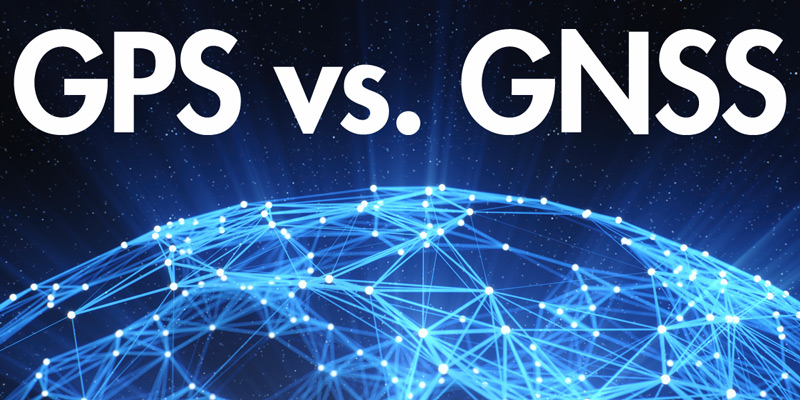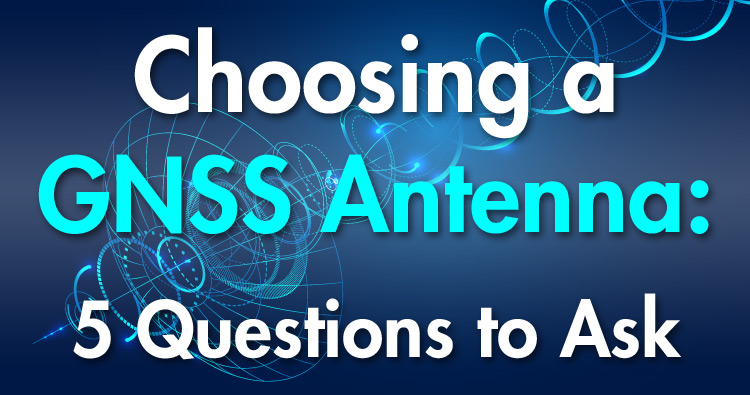- Home
- Symmetry Blog
- What is A-GPS (A-GNSS) and Why Would I Need It? | Symmetry Blog
What is A-GPS (A-GNSS) and Why Would I Need It? | Symmetry Blog
About Cobus Heukelman
Cobus Heukelman, Technical Marketing Engineer at Symmetry Electronics, explains what A-GPS and A-GNSS is, and how it can help your application.

If A-GNSS or A-GPS are terms you have heard of before, then you may be wondering what the “A” stands for? You know what GNSS is, and you may already know how GNSS differs from GPS (if not, I suggest you read this short article on GNSS vs GPS).
So how do A-GNSS and A-GPS differ from their regular counterparts?
The “A” stands for Assisted. So what does that mean, and why would my GNSS positioning solution need assistance?
Understanding GPS and GNSS
For standard GPS and GNSS, determining the positioning of a device is a multistep process. First, the position system receives various signals from a few different satellites orbiting the earth. Taking into account the location of the orbital satellite and the time it takes for the signal to travel from satellite to device, the location is calculated out of those signal transmissions. Pretty simple, right?
The problem is that satellites don’t keep a perfect orbit. They tend to deviate from their orbit over time.
To measure the exact orbit of each satellite and get an accurate read of a position, a ground-based observatory is needed to periodically determine the precise orbit of each of the 18 to 30 satellites in the constellation. Once a satellite’s orbit is determined, the observatory sends this data to each satellite, which the satellite then sends along to receivers on the ground. This data being sent between observatory, satellite and receiver is what’s known as the Ephemeris data, and this calculation of the satellite’s orbit provides for the accurate position tracking we are accustomed to.
However, there is just one problem...
Times to First Fix Can Be Frustratingly Long
There are two values when referring to the Time to First Fix (TTFF) of a GNSS device: Hot Start and Cold Start. A Hot Start is when the module has all the Ephemeris data it needs to accurately calculate the position of a receiver. On the other hand, a Cold Start is where the receiver still needs to download the Ephemeris data from the satellites before it can calculate an accurate position.
When a positioning system is first switched on, it is often at a cold start - it needs to download the Ephemeris data from each satellite before it can calculate its own position. It is at a cold start that GNSS and GPS can be frustrating to work with: Hot start times are typically on the order of 1 second whereas cold start times are roughly 30 seconds or more. If a product needs to be turned on and off quite often, as many applications do to save power, it can easily be a problem to wait half a minute every time the product is switched on.
So, what can we do about this? As you may have guessed, this problem is solved with the introduction of Assisted-GNSS and Assisted-GPS.
Three Ways to Get Ephemeris Data: There are three ways in which your GPS or GNSS receiver can get the Ephemeris data.
1. Direct Download
This is the basic method. Here, the receiver downloads position data directly from the satellite.
2. Ephemeris Injection
If your product is connected to the internet, it can download the ephemeris data from an online server and pass this data to your GNSS receiver when it starts up. This method is called Ephemeris Injection or Server Generated Ephemeris, and this is how most smartphones get a quick location fix.
3. Ephemeris Generation
Your GNSS or GPS module can also predict the future locations of the satellites based on previous changes in their position. This works by extrapolating a few positions across different days and working out the direction the satellite is drifting to. This data is then used to calculate where the satellites will be for the next few days.
This is called Locally Generated Ephemeris or, simply, Ephemeris Generation. It works well in situations where your product will be switched on regularly, but doesn’t have an internet connection. GNSS modules can typically predict Ephemeris data for about 5 days into the future, but it depends on the specific algorithm used. Case in point, if your product is switched off for 6 days and the GNSS module can only generate 5 days of Ephemeris, then the receiver will not be able to take advantage of Ephemeris Generation to help shorten the time to first fix.
Assisted GNSS Solves Long Wait Times for First Fix.
As previously mentioned, receiving the Ephemeris data from a satellite takes a long time (30+ seconds). The module has to be switched on for at least 5 minutes for it to download the ephemeris data from all visible satellites. If you want the module to generate ephemeris data for the full constellation, it would take at least 12 hours (the amount of time a GNSS satellite takes to complete a full orbit). You can see how impractical it is for a battery-powered remote monitoring system to download all the Ephemeris data without Assisted GPS, especially since remote monitoring systems need to be in low-power sleep mode most of the time to preserve battery life. Using assisted GPS and GNSS helps alleviate this issue and produce quick Time to First Fix.
Choosing a Module for A-GNSS and A-GPS
GNSS modules can support either Ephemeris Injection or Ephemeris Generation (or both), so it is important to figure out which type of module would be right for you before choosing the one for your design. Telit offers numerous A-GNSS modules, such as the SL869-V3 based on the new Teseo 3 core, and supports both ephemeris injection and onboard ephemeris generation. Read the SL869-V3 user guide here.




